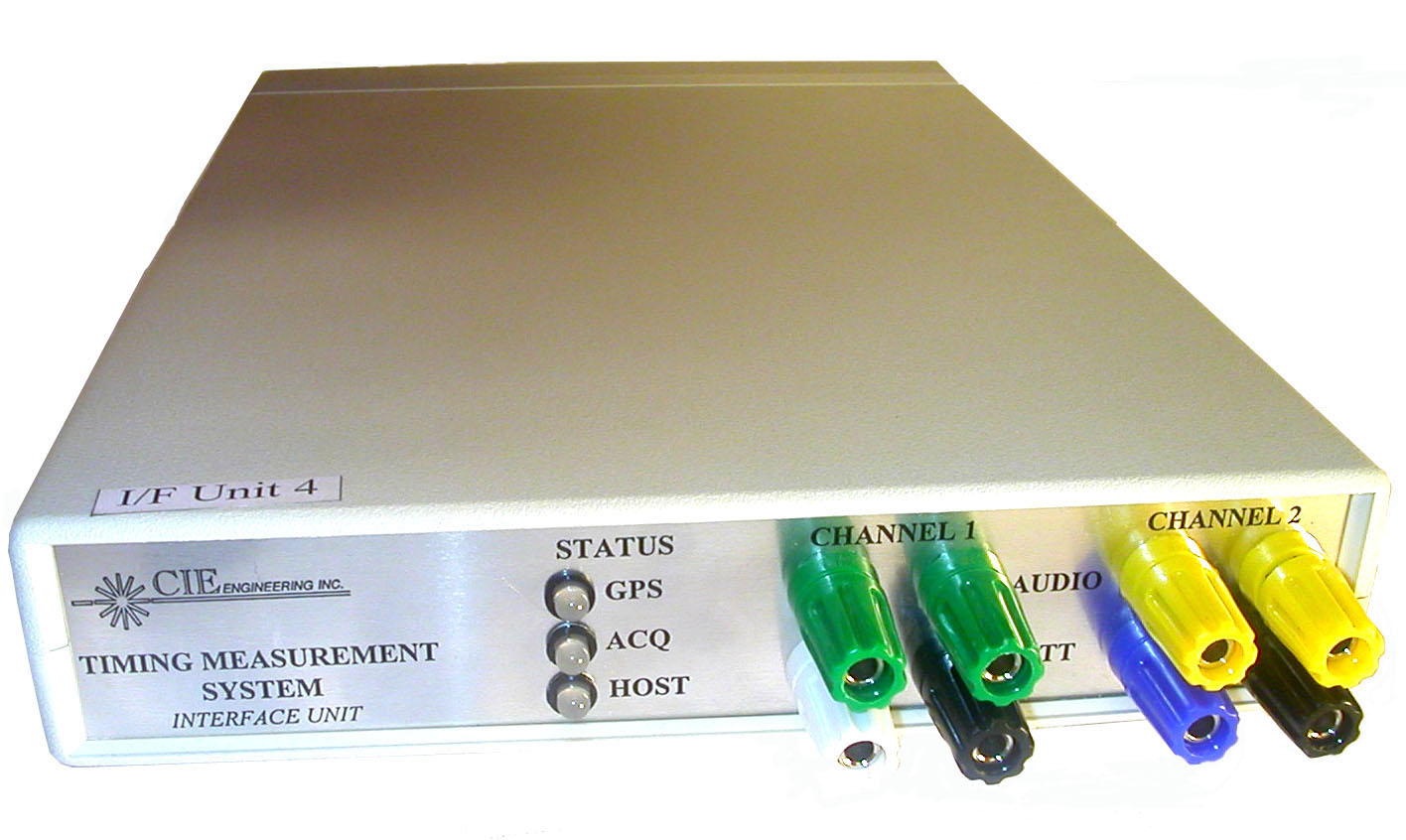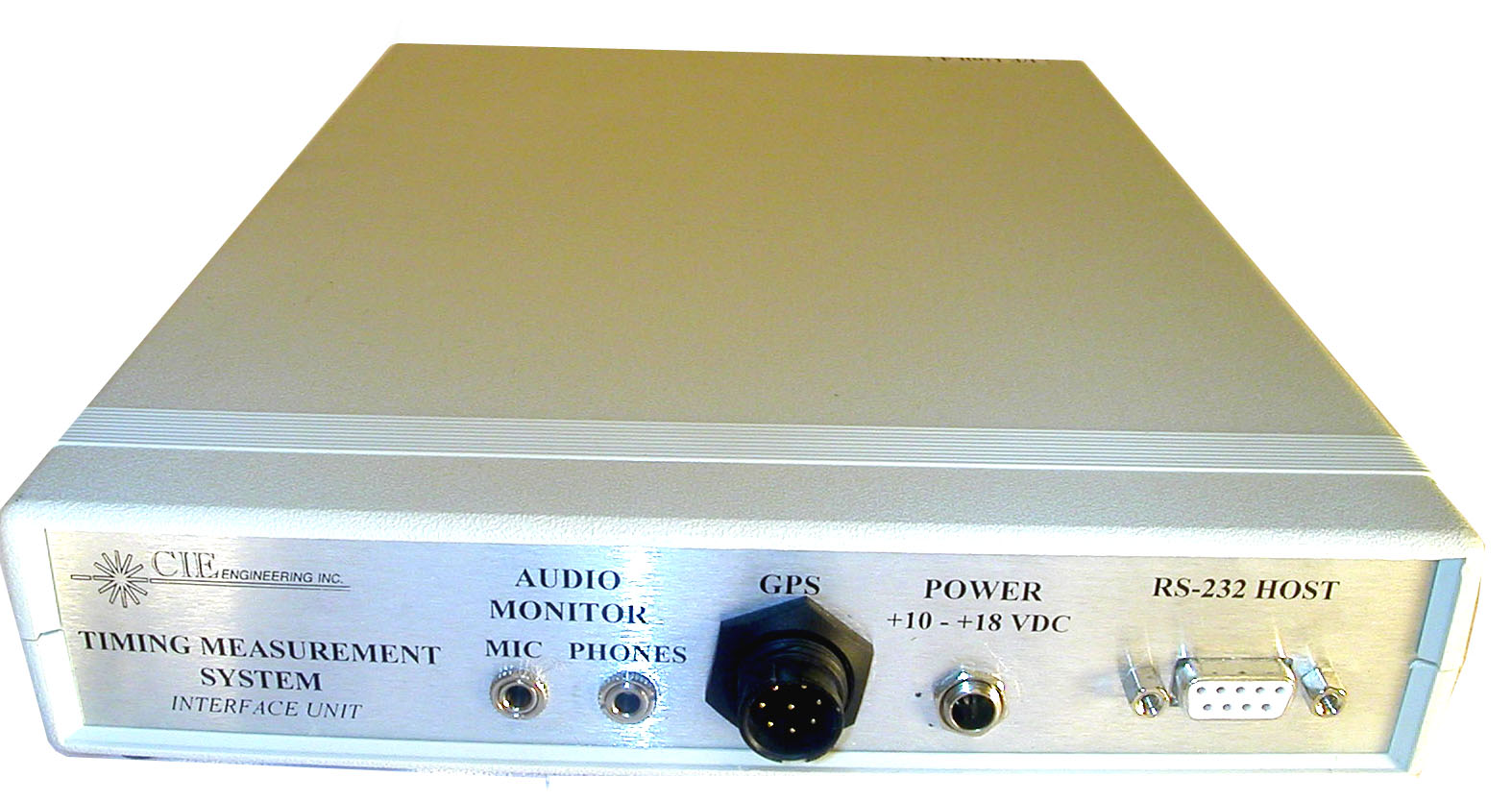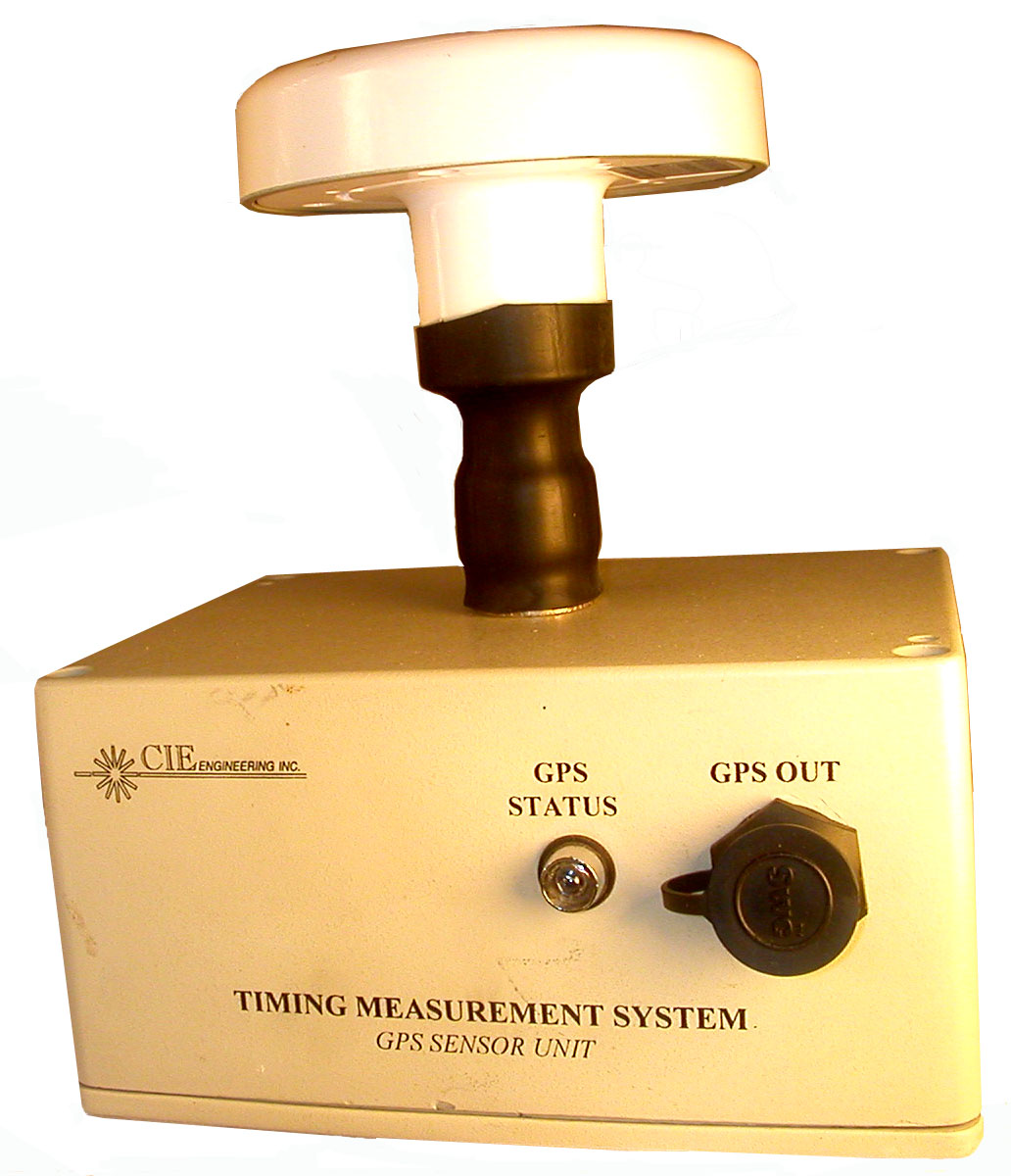
Timing Measurement System
The Timing Measurement System (TMS) measures both the audio and Push-To-Talk
(PTT) delay between the controller’s station and the radio transmitter.
|
At preset intervals, the system watches for a PTT signal from the controller, takes an audio sample and then records the time. This process is repeated at the radio transmitter. The PTT delay is measured by comparing the event time stamps and the audio delay is measured by comparing the offset between audio samples after they are aligned by correlation. |
The TMS was developed to
collect empirical delay data, due to the demand for the verification of
National Airspace System (NAS) timing requirements.
|
Beginning April 23, 1999, tests were performed at the following locations; Jacksonville ARTCC (ZJX), Southern California TRACON (SCT), Elgin TRACON (ELG), Anchorage ARTCC (ZAN) and Los Angeles ARTCC (ZLA). Locations were chosen for their diverse telecommunications paths between the control location and the remote facility. |
|
The Timing
Measurement System consists of two identical test sets. One test set is
interfaced to the voice switch at the control site and the other test set is
interfaced to the remote transmitter. Each test set consists of three
components: a switch/radio (S/R) interface unit, a GPS sensor unit and a
Laptop Computer.
|
|
|
Separate S/R interface units monitor the voice switch and remote transmitter. The S/R unit has inputs for the audio and the PTT from the voice switch and remote transmitter. There are also inputs for a headset and microphone which allow the test operator to monitor the audio coming into the S/R unit. The S/R unit receives Global Positioning System (GPS) time from its interface with the GPS Sensor Unit. The GPS Sensor Unit receives its time data using an integrated Motorola GPS receiver. The GPS antenna is fitted to the top surface of the sensor unit. The Laptop Computer’s software keeps track of the GPS time and tells the interface when to record a sample. Throughout the test the user can monitor the test status from the status screen on the PC. In addition to controlling the interface, the PC stores the recorded audio samples and the time stamps for later analysis.
CIE Engineering, Inc. • 6001 Woodlake Lane • Alexandria, VA 22315 • Phone: (703) 922-7061



